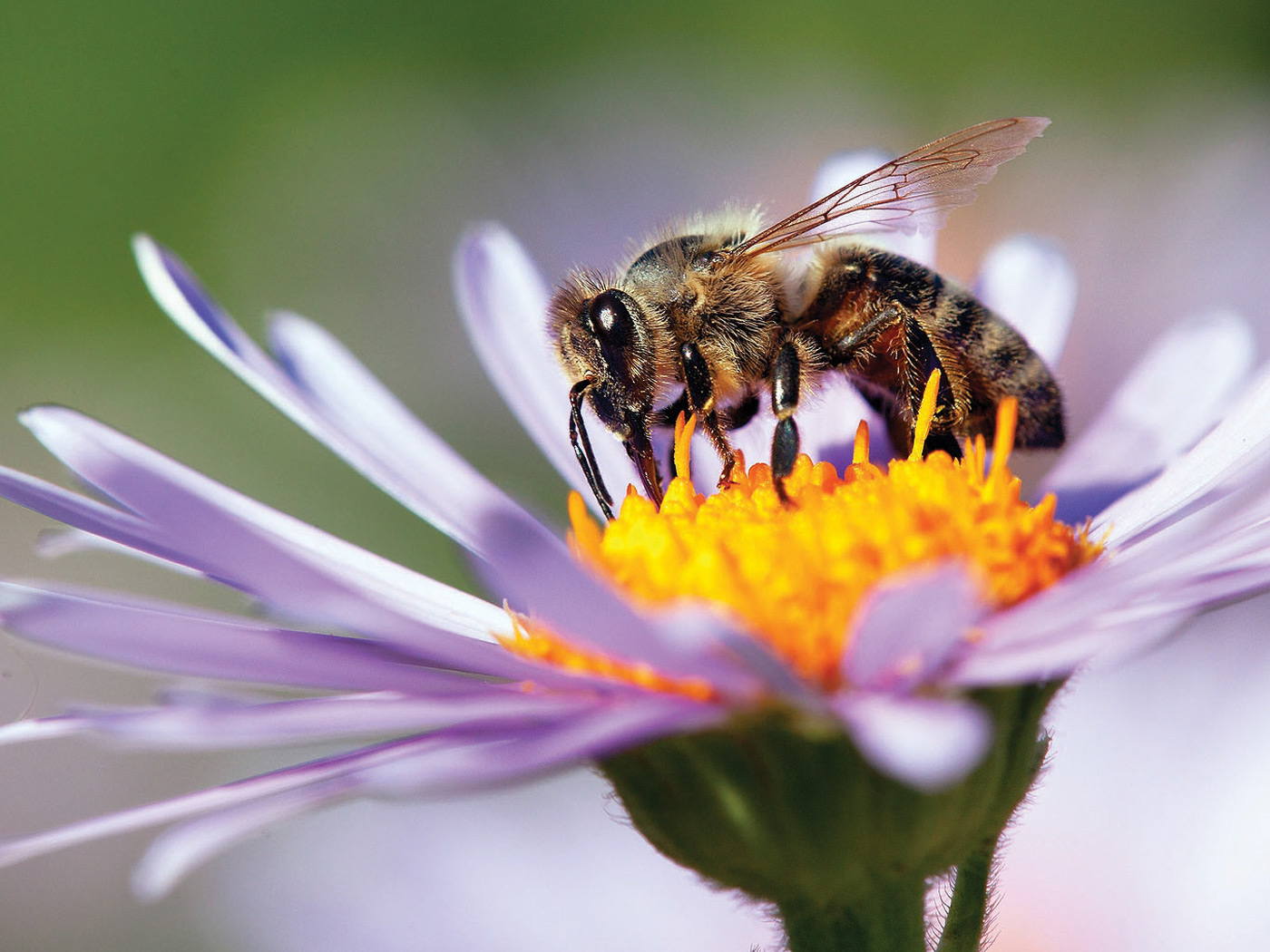Search Tools
New Defender's Study Bible Notes
1:24 earth bring forth. The land animals were brought forth (no need for a further act of creation, since the nephesh principle had already been created) in the early part of the sixth day. There was a natural three-fold categorization (no correlation with the arbitrary classification system used by modern biologists) consisting of cattle (domesticable animals), beasts of the earth (large non-domesticable animals) and creepers (small animals that crawl or creep close to the ground). The reversal of the sequence in Genesis 1:24-25 indicates that all were formed simultaneously. The bodies of these animals, like that of man (Genesis 2:7) were all formed from the basic elements of the earth.
1:24 it was so. Note the logical order of God’s formation of things. On the first day, He made the earth’s atmosphere and hydrosphere, on the second day its lithosphere and biosphere. On the central day of the week, the heavenly astrosphere was formed. Then, on the fifth day living creatures were formed for earth’s atmosphere and hydrosphere, and on the sixth day for its lithosphere and biosphere. On the first day God had created and energized His elemental universe; on the last day, God blessed and sanctified His completed universe.
1:25 after his kind. The phrase “after his kind” occurs repeatedly, stressing the reproductive integrity of each land animal kind, of the same sort as that of each plant kind (Genesis 1:11-12) and each air animal and water animal (Genesis 1:21). All of these reproductive systems are programmed in terms of the biochemical genetic code, utilizing the basic elements of the earth. Both plants and animals are formed from the created eretz (“earth”), only animals from the created nephesh (“soul” or consciousness).
1:26 in our image. God is, as it were, taking counsel here with Himself, not with angels, since man was to be made in the image of God, not of angels. “Our image,” therefore, implies human likeness to the triune Godhead. Plants possess a body, and animals a body and consciousness. Man was not only to have a body (of the created “earth”) and a consciousness (of the created “soul”), but man was also to possess a third created entity, the image of God, an eternal spirit capable of communion and fellowship with his Creator.
1:26 likeness. Man was not only created in God’s spiritual image; he was also made in God’s physical image. His body was specifically planned to be most suited for the divine fellowship (erect posture, upward-gazing countenance, facial expressions varying with emotional feelings, brain and tongue designed for articulate symbolic speech–none of which are shared by the animals). Furthermore, his body was designed to be like the body which God had planned from eternity that He Himself would one day assume (I Peter 1:20).
1:26 dominion. The “dominion” man was to exercise was to be over both “the earth” and also all the other living creatures on the earth. Such dominion obviously was under God as a stewardship, not as autonomous sovereign. Man was to care for the earth and its creatures, developing and utilizing the earth’s resources, not to despoil and deplete them for selfish pleasure.
1:27 male and female. Note that “man” is here (and often in Scripture) used in a generic sense to include both man and woman. Both male and female were created (the details of their physical formation being given in Genesis 2) in God’s image. Thus both possess equally an eternal spirit capable of personal fellowship with their Creator. Shared equally by man and women are all those spiritual attributes not shared by animals–moral conscience, abstract thought, appreciation of beauty, emotional feelings, and, especially, the capacity for worshipping and loving God.





